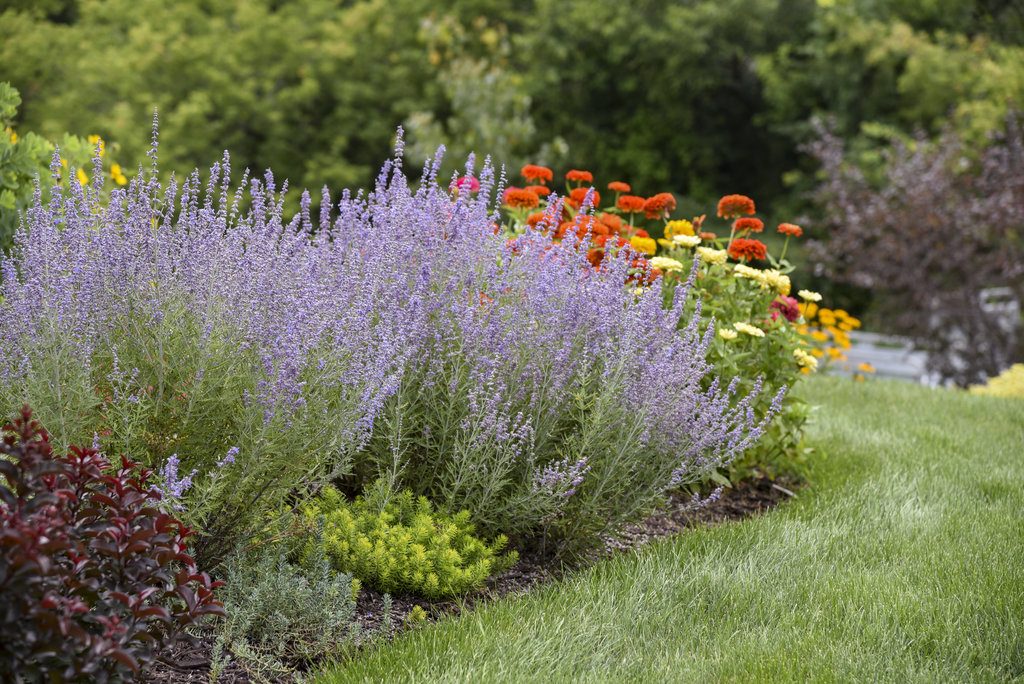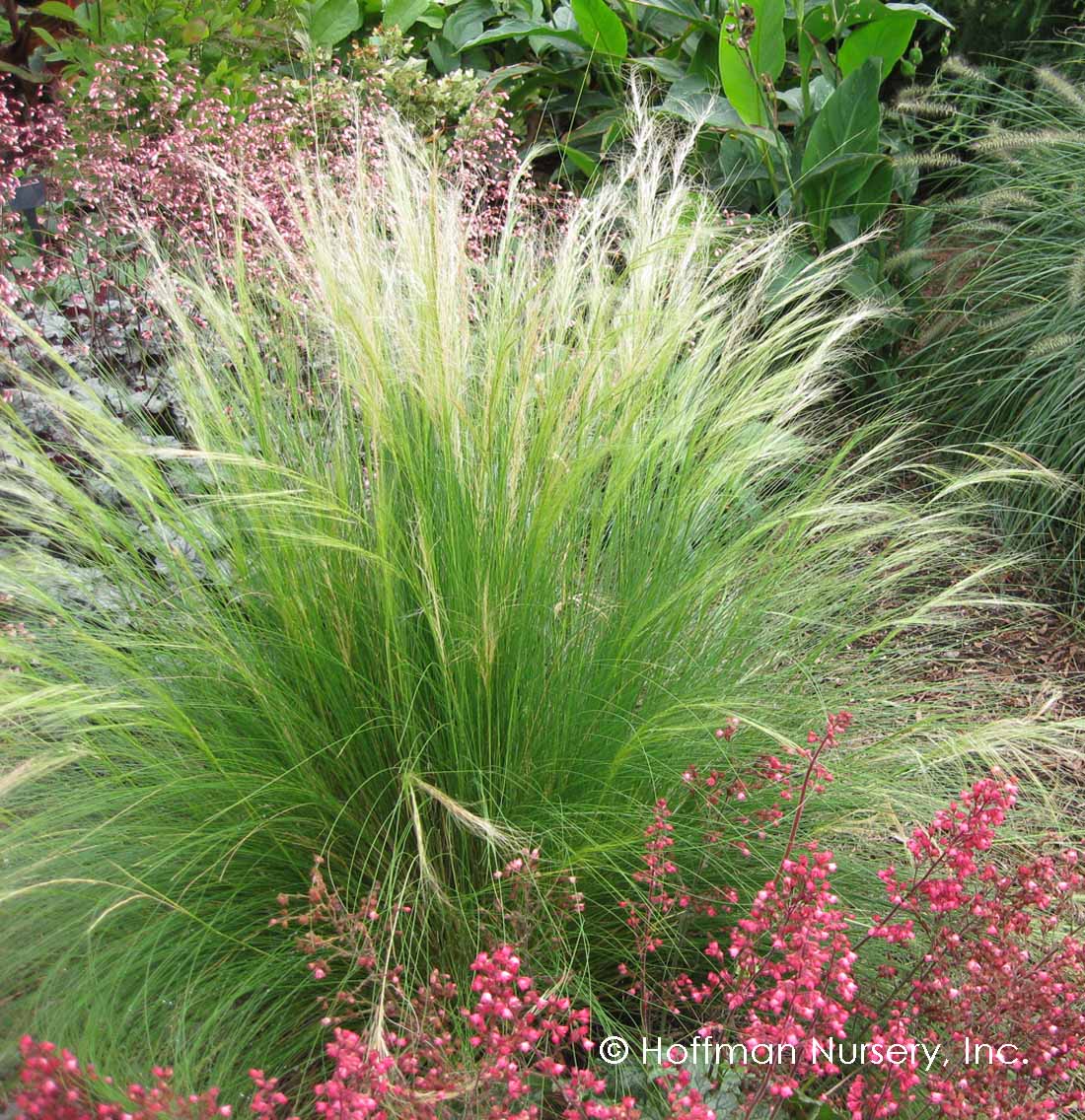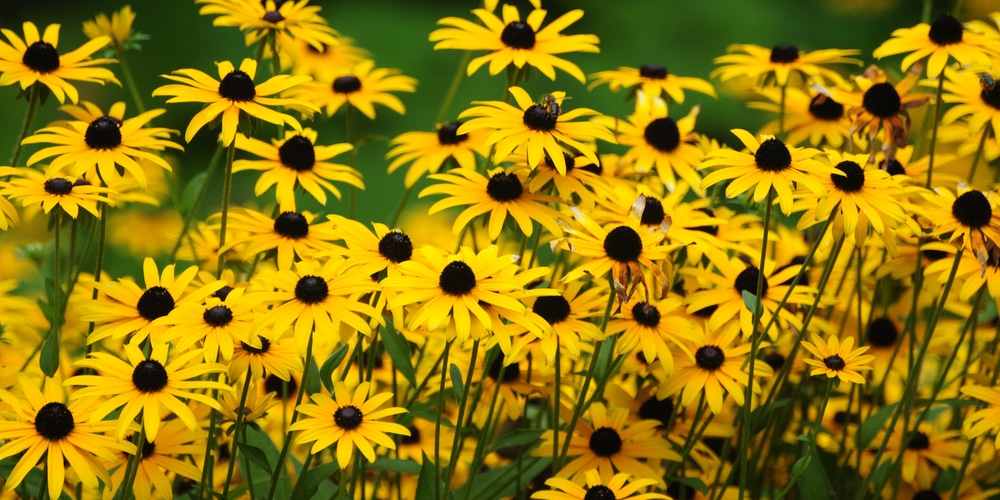Astounding Companion Plants To Grow For Lambs Ear
Lamb's ear is a beautiful and versatile plant that can be grown in a variety of settings. It is known for its soft, fuzzy leaves that are a silvery-green color. Lamb's ear is a hardy plant that can tolerate hot, dry conditions. It is also deer-resistant, making it a good choice for gardens in areas with a high deer population.
One of the best things about lamb's ear is that it can be used as a companion plant for a variety of other plants. Companion planting is a gardening technique that involves planting different types of plants together to create a mutually beneficial relationship. When companion plants are chosen carefully, they can help each other to thrive.
There are many different companion plants that can be grown with lamb's ear. Here are a few of the most astounding ones:
- Periwinkle: Periwinkle is a dense ground covering plant that can help to suppress weeds and prevent erosion. It also attracts butterflies and other pollinators.
- Russian sage: Russian sage is a tall, upright plant with blue flowers. It is drought-tolerant and attracts butterflies and other pollinators.

- Sun-loving black-eyed Susan: Sun-loving black-eyed Susan is a daisy-like flower that blooms in the summer. It is easy to grow and attracts butterflies and other pollinators.

- Yarrow: Yarrow is a tall, herbaceous plant with white or yellow flowers. It is known for its medicinal properties and can help to repel pests.
- Common mullein: Common mullein is a tall, hairy plant with yellow flowers. It is a good choice for attracting pollinators and can also be used as a natural pest repellent.

- Mexican feather grass: Mexican feather grass is a tall, ornamental grass with feathery leaves. It is drought-tolerant and can add a touch of elegance to any garden.

- Sweet woodruff: Sweet woodruff is a low-growing, creeping plant with white flowers. It has a sweet fragrance and can be used to make potpourri or tea.
These are just a few of the many astounding companion plants that can be grown with lamb's ear. When choosing companion plants, it is important to consider the climate, soil conditions, and sunlight requirements of each plant. By carefully selecting companion plants, you can create a beautiful and productive garden.
Lamb's ear is a beautiful and versatile plant that can add a touch of elegance to any garden. It's also relatively easy to care for, making it a great choice for beginner gardeners. But did you know that lambs ear can also benefit from companion planting?
Companion planting is the practice of planting certain plants together to enhance each other's growth and development. There are many different companion plants that can be paired with lambs ear, but some of the best include:
- Yarrow: Yarrow is a tall, flowering plant that attracts beneficial insects, which can help to control pests and diseases in your garden. It also helps to improve the drainage of soil around lambs ear. Gardenia Inspiration
- Common mullein: Common mullein is a tall, leafy plant that can help to suppress weeds and provide shade for lambs ear. It also produces a nectar that attracts bees and butterflies. Gardenia Inspiration
- Mexican feather grass: Mexican feather grass is a graceful, ornamental grass that can add height and texture to your garden. It also helps to deter rabbits and other pests from lambs ear. Gardenia Inspiration
If you're looking for more information about lambs ear companion plants, I recommend visiting Gardenia Inspiration. This website has a wealth of information on the topic, including a list of recommended companion plants, tips on how to plant them together, and information on the benefits of companion planting.
FAQ of lambs ear companion plants
Question 1: What are some good companion plants for lambs ear?
Answer: Lambs ear is a versatile plant that can be paired with a variety of other plants. Some good companion plants include:
- Roses: The silvery-green foliage of lambs ear provides a nice contrast to the bright colors of roses.
- Iris: The spiky leaves of iris help to deter pests from lambs ear.
- Russian sage: The tall, airy blooms of Russian sage provide a backdrop for the low-growing lambs ear.
- Allium: The purple flowers of allium add a pop of color to the garden and attract pollinators.
- Most purple plants: Lambs ear's silvery-green foliage complements the rich colors of most purple plants.
Question 2: What are the benefits of planting companion plants with lambs ear?
Answer: There are several benefits to planting companion plants with lambs ear. Companion plants can help to:
- Improve the overall health of lambs ear by attracting beneficial insects and repelling pests.
- Provide shade and shelter for lambs ear from hot sun and wind.
- Improve the drainage and aeration of the soil around lambs ear.
- Suppress the growth of weeds.
- Add visual interest to the garden.
Question 3: How far apart should lambs ear plants be planted?
Answer: Lambs ear plants should be planted about 12-18 inches apart. This will give them enough room to grow and spread without crowding each other out.
Question 4: How much sun does lambs ear need?
Answer: Lambs ear prefers full sun, but it can also tolerate partial shade. If you live in a hot climate, you may want to plant lambs ear in a spot that receives some afternoon shade.
Question 5: How do you care for lambs ear plants?
Answer: Lambs ear plants are relatively low-maintenance. They need well-drained soil and regular water, especially during hot, dry weather. They should be fertilized once a year in the spring with a balanced fertilizer. Lambs ear plants are not susceptible to many pests or diseases, but they may be affected by slugs and snails. You can control these pests by handpicking them or using an organic slug bait.
Image of lambs ear companion plants
- Lamb's ear and lavender. The silvery-green leaves of lambs ear provide a beautiful contrast to the purple flowers of lavender. They also have similar growing requirements, making them a good companion plant pairing.

- Lamb's ear and yarrow. Both lambs ear and yarrow are drought-tolerant plants that can add texture and interest to any garden. They also attract beneficial insects, making them a good choice for companion planting.

- Lamb's ear and sedum. Sedum is another drought-tolerant plant that can thrive in poor soil. It also blooms in a variety of colors, which can add visual interest to your garden.

- Lamb's ear and black-eyed Susans. Black-eyed Susans are a cheerful addition to any garden, and they also attract pollinators. They can tolerate full sun and poor soil, making them a good companion plant for lambs ear.

- Lamb's ear and roses. The silvery-green leaves of lambs ear provide a beautiful backdrop for the colorful blooms of roses. They also help to deter pests and diseases, making them a good companion plant for roses.

Post a Comment for " Astounding Companion Plants To Grow For Lambs Ear"